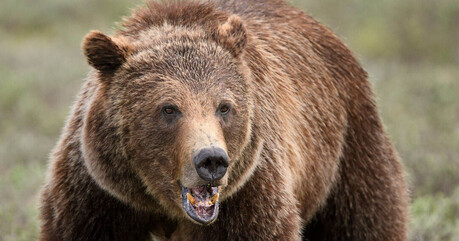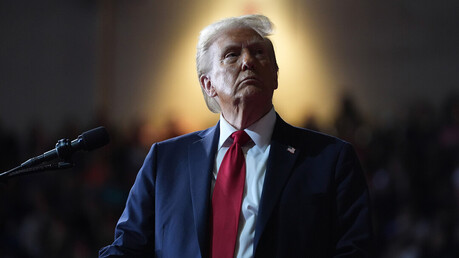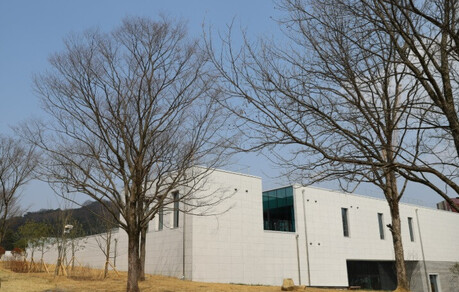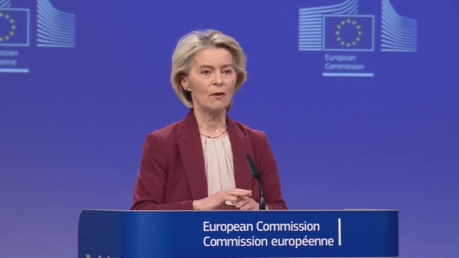
Authorities in Australia are facing significant public outcry and criticism following the controversial decision to euthanize hundreds of koalas via aerial shooting in Budj Bim National Park, located in southwest Victoria. Between 600 and 700 koalas were culled, a drastic measure that officials claim was necessary due to the severe suffering of the animals in the aftermath of a recent bushfire. However, conservationists and animal welfare advocates vehemently argue that decades of habitat mismanagement have exacerbated the koalas' plight, and the aerial culling represents a failure to adequately protect the iconic marsupials.
The bushfire, ignited by a lightning strike in early March, ravaged approximately 5,436 acres of the national park. This extensive blaze resulted in numerous koalas sustaining debilitating injuries, including burns and smoke inhalation. Critically, the fire also decimated vast swathes of manna gum trees, the primary food source for these arboreal herbivores. Compounding the issue is an ongoing drought in the region, further stressing the already vulnerable koala population.
Faced with this dire situation, government officials asserted that many koalas within the national park were experiencing significant suffering and that euthanasia was the most humane course of action. They stated that the decision was made in consultation with a veterinarian, animal welfare experts, and wildlife caretakers.
James Todd, the chief biodiversity officer for Victoria’s Department of Energy, Environment and Climate Action, explained to the Guardian that "the options were to just leave them to deteriorate or take proactive steps to reduce suffering by using aerial assessments." He further elaborated on the rationale behind the controversial method chosen.
Authorities opted for aerial culling, shooting the koalas from helicopters, after concluding that other euthanasia methods were impractical or unsuitable for the circumstances. The rugged terrain of the national park and the koalas' arboreal lifestyle made ground-based approaches exceedingly difficult and time-consuming. Officials also cited concerns about the increased risk of falling trees in the fire-affected area, posing a danger to personnel attempting ground rescues or euthanasia.
To assess the viability and humaneness of aerial culling, an initial trial was conducted. A veterinarian examined the bodies of the euthanized koalas and confirmed their poor physical condition prior to their deaths. Authorities also determined that aerial shooting could be carried out with accuracy and in a manner considered humane under the challenging conditions.
This incident marks a grim milestone as the first known instance of aerial culling being employed for koalas in Victoria, and likely across all of Australia. Acknowledging the sensitive nature of the decision, Todd told ABC Radio Melbourne, "That decision [to perform aerial culling] is not taken lightly and we understand the optics of that."
However, the "optics" have indeed sparked widespread outrage and division among wildlife experts and advocates. Critics question why more concerted efforts were not made to rescue and rehabilitate the koalas. A significant concern revolves around the potential for orphaned joeys (baby koalas) left to fend for themselves after their mothers were culled. Furthermore, there are fears that some koalas may have suffered even more if they were injured but not immediately killed by the aerial shooting.
Jess Robertson, president of the nonprofit Koala Alliance, voiced strong opposition to the method, stating to ABC Radio Melbourne, "Blood tests need to be taken … they need to be weighed—that is how koalas need to be assessed before they’re euthanized. There is no way they could tell whether a koala is in a poor condition from a helicopter, and there’s no way that they can ensure that’s actually going to kill the koala, either."
Legal scholars Liz Hicks and Ashleigh Best from the University of Melbourne, writing in The Conversation, raised a pertinent question regarding the lack of proactive measures to provide supplementary food, such as fresh gum leaves, to the koalas while the natural habitat recovered. They argued that "the state government should take steps to avoid tragic incidents like this from happening again," implying a need for better long-term management strategies.
Conversely, some experts, considering the severity of the fire's impact and the extent of the koalas' injuries, have defended the government's decision as a necessary act of mercy. Desley Whisson, a wildlife ecologist at Deakin University in Australia, wrote on LinkedIn, "They made the right call. A call that was politically costly, and one they surely knew would spark backlash. But it was an act of mercy."
The complex issue is further complicated by the varying conservation status of koalas across Australia. While listed as endangered in regions like New South Wales, Queensland, and the Australian Capital Territory, authorities in the southern states of South Australia and Victoria contend with what they describe as an overabundance of the marsupials in certain areas. They argue that these high populations lead to environmental damage through over-browsing of specific tree species and contribute to problems like low genetic diversity and increased susceptibility to disease.
However, wildlife advocates counter this narrative by asserting that southern koalas suffer from insufficient habitat due to extensive land clearing for logging and development, forcing them into fragmented and often unsuitable environments.
According to James Fair of BBC Wildlife Magazine, Victoria harbors a substantial koala population exceeding 450,000. In recent years, koalas in the state have increasingly relied on commercial blue gum eucalyptus plantations as a food source. However, the cyclical harvesting of these plantations every 14 years leaves the resident koalas with limited alternative habitats.
This dynamic has led to a concentration of koalas in areas like Budj Bim National Park, exacerbating the impact of bushfires when they occur. These "habitat islands," as described by The Conversation, are prone to overpopulation and become ecological traps when disasters strike.
Rolf Schlagloth, an ecologist at CQUniversity Australia, characterized the aerial culling incident to Vox as "just another one in the long line of mismanagement of the species and its habitat." He emphasized the need for a more holistic approach to koala conservation, stating, "We can’t eliminate bushfires altogether, but more continuous, healthy forests can assist in reducing the risk and severity of fires. Koala habitat needs to be extensive and connected and the management of blue gum plantations needs to consider the koala as these trees are very attractive to them."
The aerial culling of hundreds of koalas in Budj Bim National Park serves as a stark reminder of the multifaceted challenges facing koala conservation in Australia. It has ignited a critical debate about the ethical implications of such drastic measures, the adequacy of current habitat management practices, and the urgent need for proactive strategies to safeguard these iconic animals from the increasing threats posed by bushfires and habitat loss. The backlash against the authorities underscores the deep public concern for koala welfare and the demand for more sustainable and humane conservation solutions.
[Copyright (c) Global Economic Times. All Rights Reserved.]






























